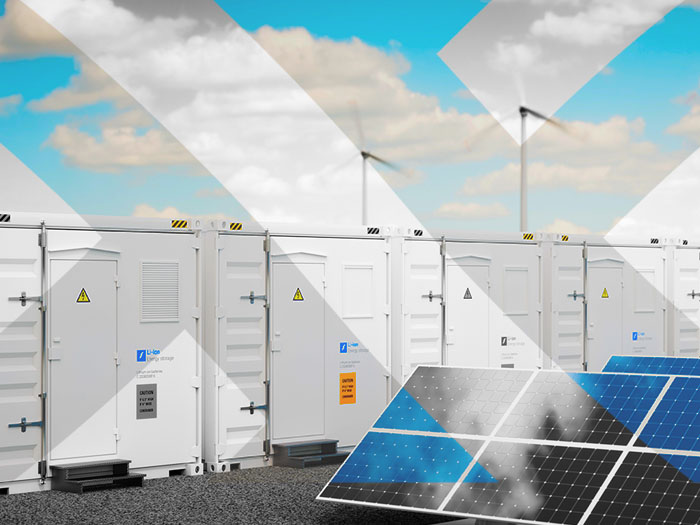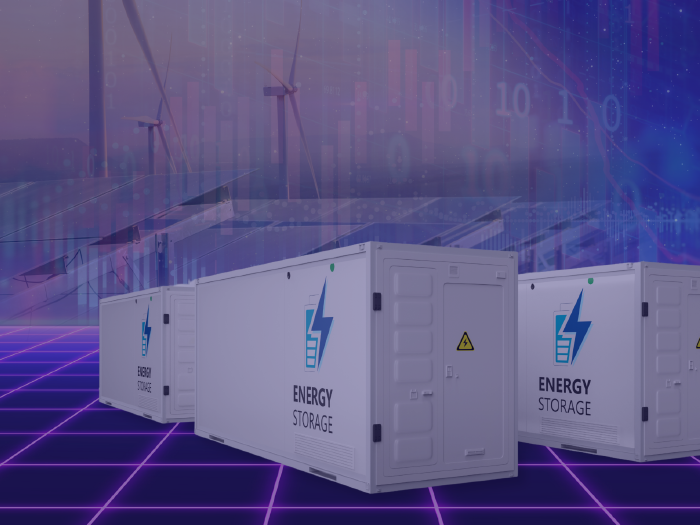Insights
better business decisions
Posted 3 years ago | 4 minute read

Energy blackouts: Mitigating risks for businesses
Last month, National Grid Electricity System Operator (ESO) warned that the UK could potentially face three hour rolling energy blackouts this winter, as part of a contingency plan to safeguard supplies. Although the ESO said it was unlikely that such a drastic step will need to be taken, with warnings having been given, businesses should ensure that they implement suitable policies, procedures and practical measures to facilitate business continuity and prevent disruption to operations.
In this article, GridBeyond Managing Director UK and Ireland provides advice to help businesses keep trade moving, and to mitigate risks potentially associated with energy blackouts.

What problems and risks might energy blackouts pose for businesses?
“The problems energy blackouts might pose will differ from business to business. It is not possible to identify every possible risk scenario. But there are some risks that will be common to many businesses.
“An energy blackout will involve the temporary stop of some vital assets such as lighting, heating and refrigeration. Depending on the sector/business, it may impact the ability of the business to continue/keep open at all during affected periods. Some are more indirect and/or less immediately obvious for instance the impact on IT security vulnerability during system shutdowns, or an inability to charge electric vehicles. Energy blackouts could also cause supply chain disruption and could leave businesses vulnerable to contractual failings. Resilience is critical to many sectors, and the risk doesn’t stop at the requirement to recalibrate robotics, but also to the very real loss of production, time, and ‘spoil’ on production lines.
Practical measures to mitigate energy blackout-related risks
“Some businesses will be able to make an advance application to have their premises designated as “Protected Sites” under the Electricity Supply Emergency Code – for example where the business provides certain essential services which address national or regional critical need or public health and safety. For those business that do not fit these criteria, there are some practical steps that can be taken.
“The first step should be to assemble a business continuity team to undertake a business-wide commercial, operational and contract review to identify areas of vulnerability, and therefore where policies, procedures and practical measures might be needed. Businesses should make sure to cater for random and on-going outages, as well as one-off major incidents, as risks and requirements may differ.
“Any operational/business continuity review should consider areas where energy usage can be flexible. For example, are there any processes whose timings can be changed to accommodate energy blackouts.
“For those with critical equipment it may be worth considering acquiring/using backup generators and/or battery storage to avoid or minimise disruption to energy supply. Uninterruptible Power Supply (UPS) units can work offline and can therefore mitigate priority risks. Companies should also make use of diversified power supplies.
“The drop in cost of small-scale energy production, particularly for on-site PV solar, has helped fuel the adoption of on-site generation. On-site generation offers multiple benefits and businesses could evaluate eligible sites and the associated business cases, with the option to optimise self-use or resale based on market price.
Energy blackouts and mitigating risks: How GridBeyond can help
“GridBeyond is a turnkey energy solutions provider. We help our clients manage all aspects of their energy and infrastructure needs, providing a single point of responsibility for everything from financing through commissioning and beyond. We employ an asset-led approach, from renewable generation to load management, to optimise the way your organisation uses energy as a resource.
“We use on-site assets and battery storage to provide a holistic solution that supports both grid and business resilience. In the event of a power failure or voltage dip either on your site or the local electricity network, the battery installation will supply reactive power, reducing the possibility of a brownout or blackout, eliminating down-time and ensuring critical systems remain unaffected. Our AI-powered platform, Point, ensures that full power resilience is delivered instantaneously, preventing disruption to even the most sensitive equipment. By supporting the effective running of connected assets, businesses can be confident that their operations will continue uninterrupted and running optimally, regardless of the cause for loss of power.
“Our specialists can also help you decide when to make your assets available for demand-side participation and develop contracts to suit your preferences. And we can help you identify when it’s beneficial to ramp up generation to sell surplus power into the market.
“By combining our knowledge of the wholesale markets, demand-side services, remote dispatch technology and asset operation, we can help you choose the right options for your business, at all times.”

CapEx-Free Battery | Resilience, carbon reduction and revenue
GridBeyond understands the complexities of battery storage technologies and will work with you to install on-site battery storage system that provides clean, stable and uninterrupted energy supply, eliminating the risk of grid disruption. All at no up-front cost to your business.
Learn more





